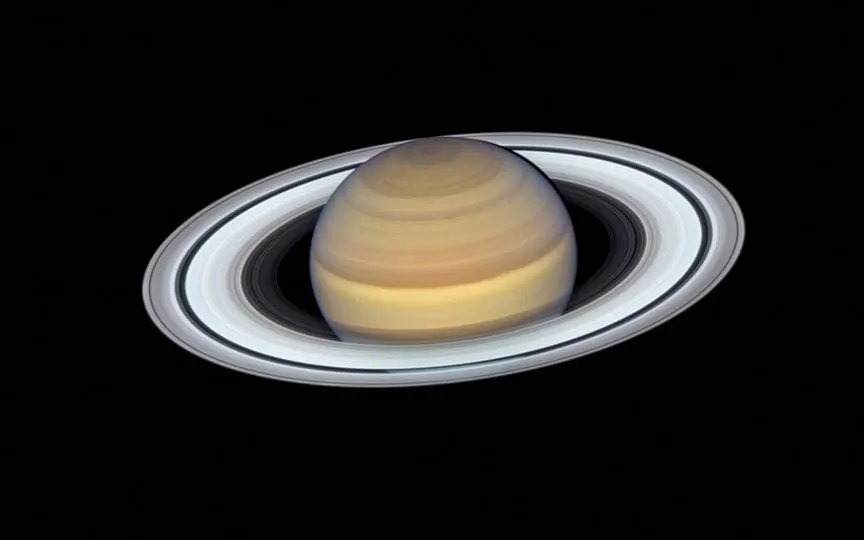Saturn’s Rings Disappearing – A Cosmic Surprise!
Back in 1610, Galileo Galilei, a renowned astronomer, was captivated by the exquisite beauty of Saturn’s rings, comparing them to “ears.” Today, even amateur astronomers can witness this awe-inspiring sight with simple equipment. However, time is running out for this celestial marvel, as recent discoveries indicate that the Saturn rings may vanish from our view in the next 18 months.
A cosmic phenomenon was revealed
Consisting of seven distinct rings, this spectacular display is a cosmic phenomenon believed to be formed from the remnants of comets, asteroids and moons torn apart by Saturn’s immense gravitational pull. While their exact age is still debated, recent research suggests they may be relative newcomers to the cosmic scene, possibly as little as 400 million years ago — less than one-tenth the age of Saturn, according to a report on Earth.com.
Currently, scientists have observed the gradual disintegration of Saturn’s rings into a cascade of icy particles descending into the planet’s atmosphere. By 2025, Earth will be aligned with Saturn, at which point its rings will be almost invisible, because from this perspective and angle, they would not be visible.
However, this disappearing act is a fleeting event. As Saturn completes its 29.5-year orbit, it gradually tilts, once again revealing the other side of its rings. A peak display is expected in 2032, offering a temporary farewell to the disappearing rings while enhancing the visibility of Saturn’s moons.
So if you want to be a part of these special moments in space, you should get the proper equipment and start recording the event as it unfolds over the next 2 years or more. A good telescope will provide you with perfect results.
More about Saturn
Saturn, the second largest planet in our solar system and sixth from the Sun, stands out with its amazing system of icy rings. Although it is not the only planet with rings, Saturn’s spectacle and complexity are unparalleled. Like the gas giant Jupiter, Saturn is composed mainly of hydrogen and helium. Recognized since ancient times and named after the Roman god of agriculture and wealth, Saturn has the distinction of being the furthest from Earth visible to the naked eye.




